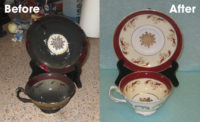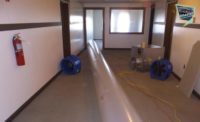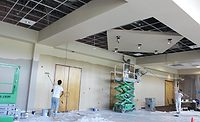Balancing Pre-Loss Condition & Homeowner Expectations
A case study on fire damage restoration, insurance payouts, and upgrade requests.
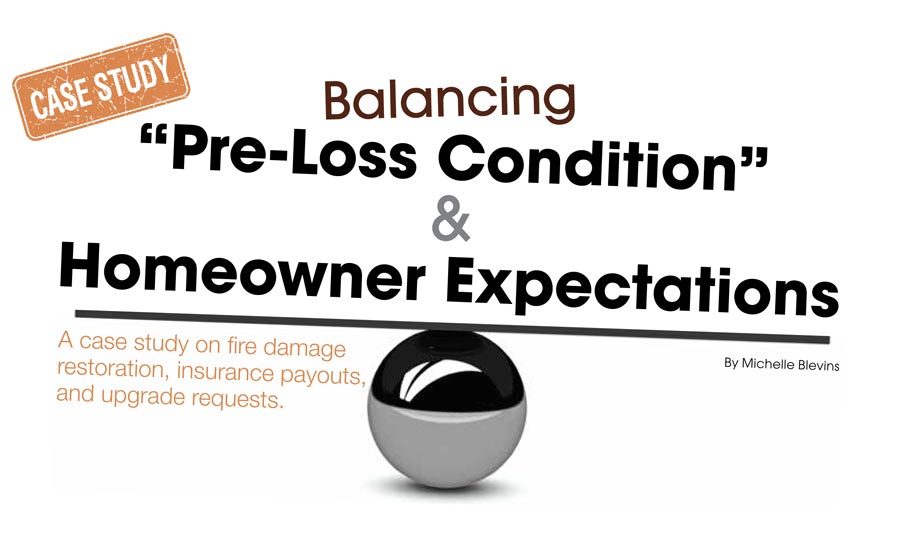

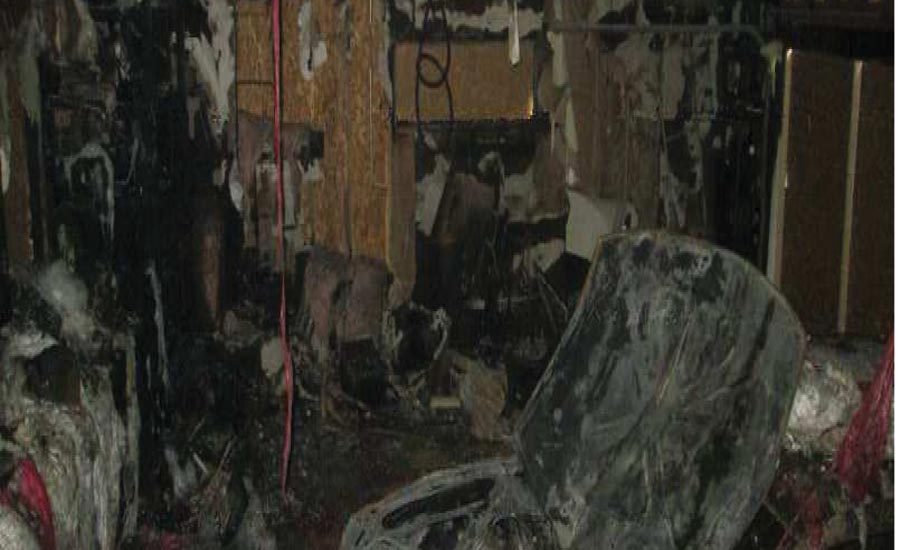



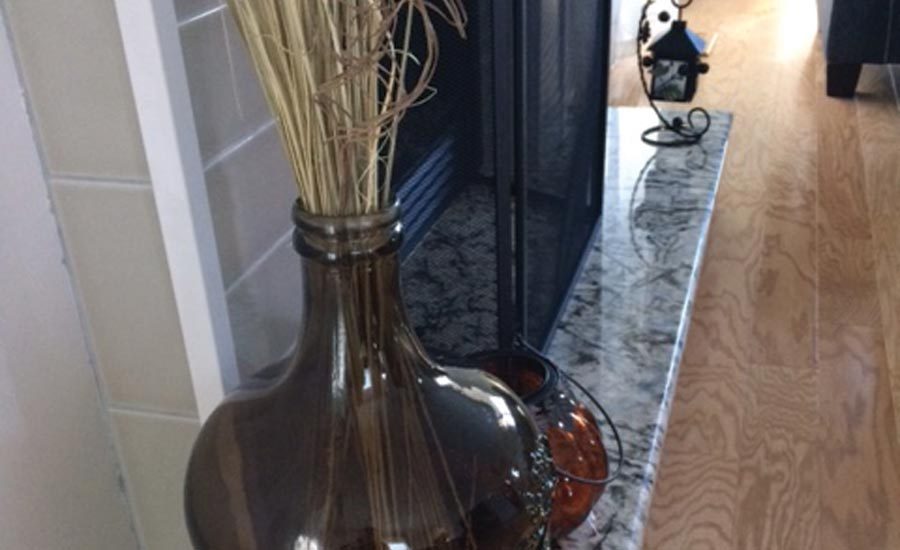

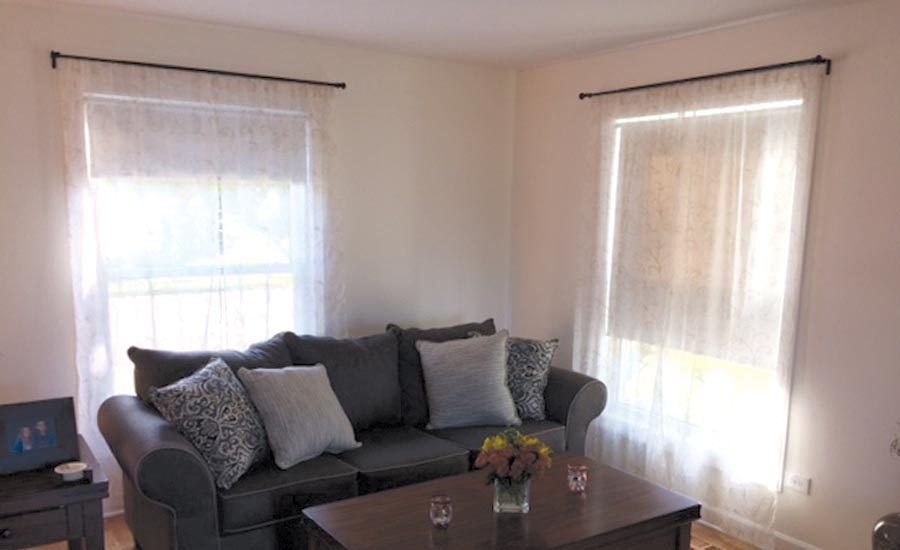









Fire damage restoration seems pretty straight forward from the outside. Remove and clean the contents, clean and restore the home, remove odors, bring the contents back, and move on to the next job. Yes, that is a very high birds-eye view of the process, but covers the basic steps. However, there is a lot to fire damage restoration that isn’t always taken into account by the homeowner right off the bat.
How many of your customers think they are going to get a fully upgraded, glorious chef’s kitchen after a fire destroyed their circa-1970’s existing kitchen? Sorry, Mr. Homeowner, but your insurance payout probably isn’t going to cover that granite countertop, farmhouse sink, and expensive tile floor.
I was recently talking to a family friend in the Detroit area who fell asleep while cooking something on the stove, and started a protein fire. One year later, the restoration process is still underway and she has been surprised by how much they have had to pay out of pocket to get the finishings they want. I explained the whole “pre-loss condition” rule, but after a fire, what homeowner wants to hear that?? I mostly just smiled, nodded, and listened because as we all know, sometimes the homeowner just needs to talk about it … even if the frustrations are not a direct result of anything you’ve done.
Del Mar Builders believes they have found a good system to make the homeowner happy, while staying within the insurance company’s payout. The family-owned business has been around for 40 years, serving the Chicagoland and Northwest Indiana region. Mike Hudek is the second generation owner of the company, which was started by his father. Hudek says Del Mar has worked hard to develop good relationships with adjusters and insurance agents to help set them apart from other restoration and rebuild companies in their area. They also have a sister company, Chicago Fire Restoration.
“What we are really good at is getting the money to move laterally to do the upgrades the homeowner wants, without them needing to spend more money,” Hudek said as he started to explain how they try to help homeowners get the most out of the insurance payout. “For example, if there was paneling, don’t replace it. Then, what can we use that money for?”
Hudek said they have a lot of transparency with their customers. They will show homeowners where, specifically, money is being spent and show Del Mar’s profit and costs right off the top. That gives the homeowners an idea of what money is left, and what they have to work with for the remainder of the project.
Making It Work
Recently, Del Mar went to work on a home severely damaged by fire. The loss was valued around $300,000 – and included structural damage, and required getting an architect involved. They quickly discovered there were a lot of what Hudek calls “tradeable” items – like wallpaper and paneling that a homeowner likely wouldn’t want to replace after the fire.
“Again, we establish those credits right off the top, and establish what a customer wants to come home to,” he explained.
This house had to be gutted down to the shell, and a new home built from the outside in – roof, walls, windows, you name it. Thanks to those “credits,” the homeowners also ended up with some impressive upgrades like a concrete patio, an expanded floor plan, new lighting, and an updated kitchen.
Hudek admits he has had some insurance carriers push back a bit on the upgrades, but he has generally found that as long as the work is done within the payout of the job, most insurance companies don’t have a problem.
“We work to accommodate the insurance company and the homeowner, talking through everything, making sure we have the right number of guys working so we get things done and meet our target date,” Hudek said.
Constant Communications
For large losses like this, Del Mar also offers clients a specific webpage devoted to their project so they can see a timeline of work, photos, inspection reports, orders for finishings and other items, and so on.
“Our clients have access to everything,” he said. “We can even correspond with people through the website. I’m big on communication and updating everyone, and I want policy holders to know what’s going on at all times.”
Having a service like these webpages helps Hudek further keep Del Mar customers happy. Plus, if a project turns sour, the problem can be traced back through the documentation, and if customers are aware of what’s to come, hopefully they speak up on something they aren’t happy with sooner than later.
“Every day there is something that changes. We are pretty flexible and people do change their minds,” he remarked. “You need to sit down and meet with customers on a consistent basis. Emails and texts can be misconstrued. As convenient as those routes are, I still want to see these people and make sure messages are getting passed along accurately.
Meeting Deadlines
Setting customer expectations up front and staying in constant communication with all the parties involved in a restoration project helps Hudek keep jobs on target. Once target dates are missed, Del Mar can become responsible for additional living costs for the homeowners and more.
Hudek has found the happier his customers are, the more leads he gets from adjusters and agents give him a call with more work. He says this seems to be a winning system for everyone involved.
Looking for a reprint of this article?
From high-res PDFs to custom plaques, order your copy today!




